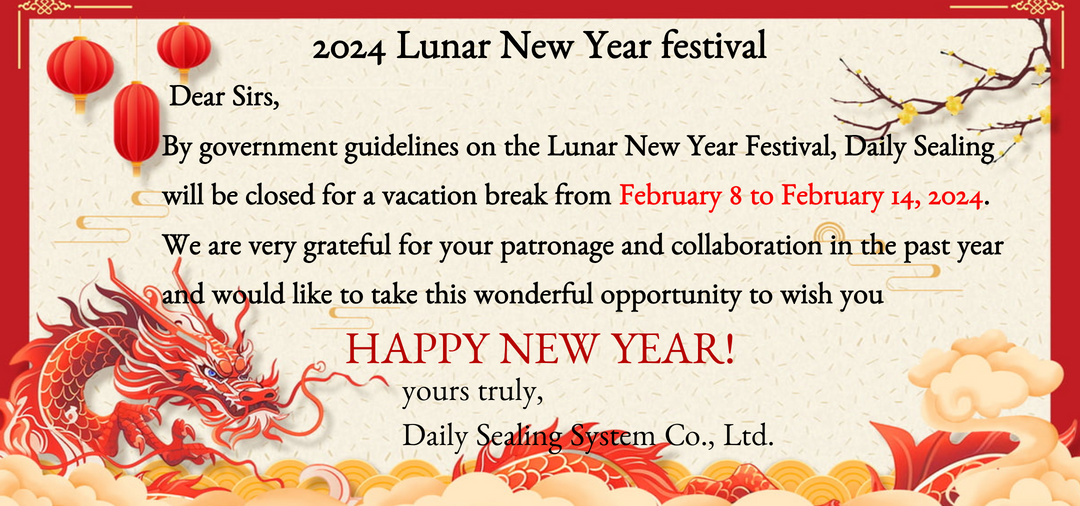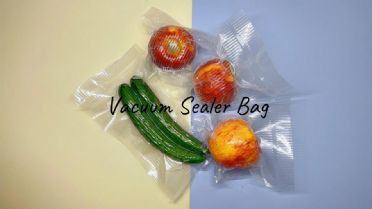Sealing length: 20cm.
One-touch operation.
color: pink.
Suitable for packing products: tea leaves, soap, meat, nuts, electronic component etc.

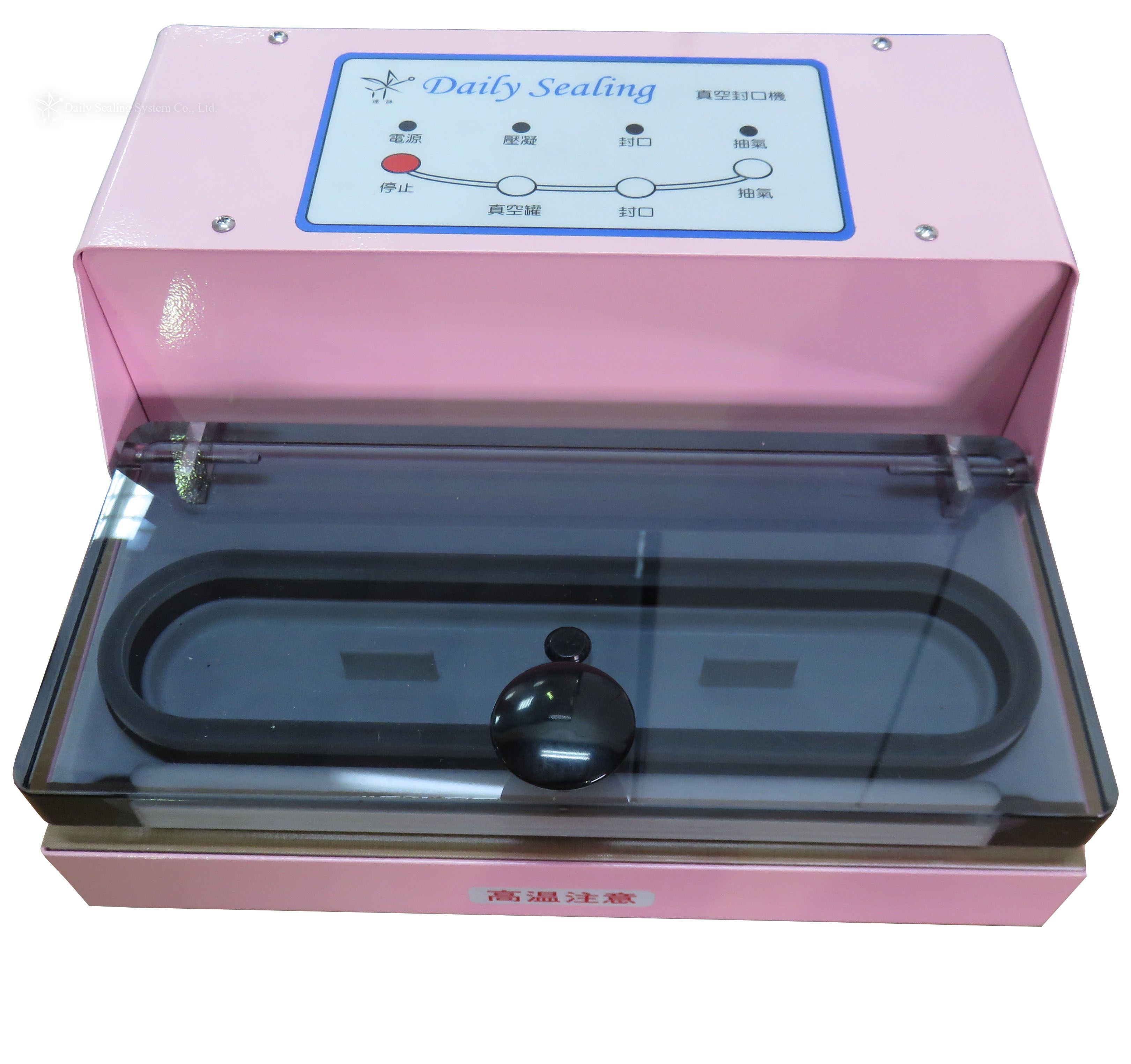
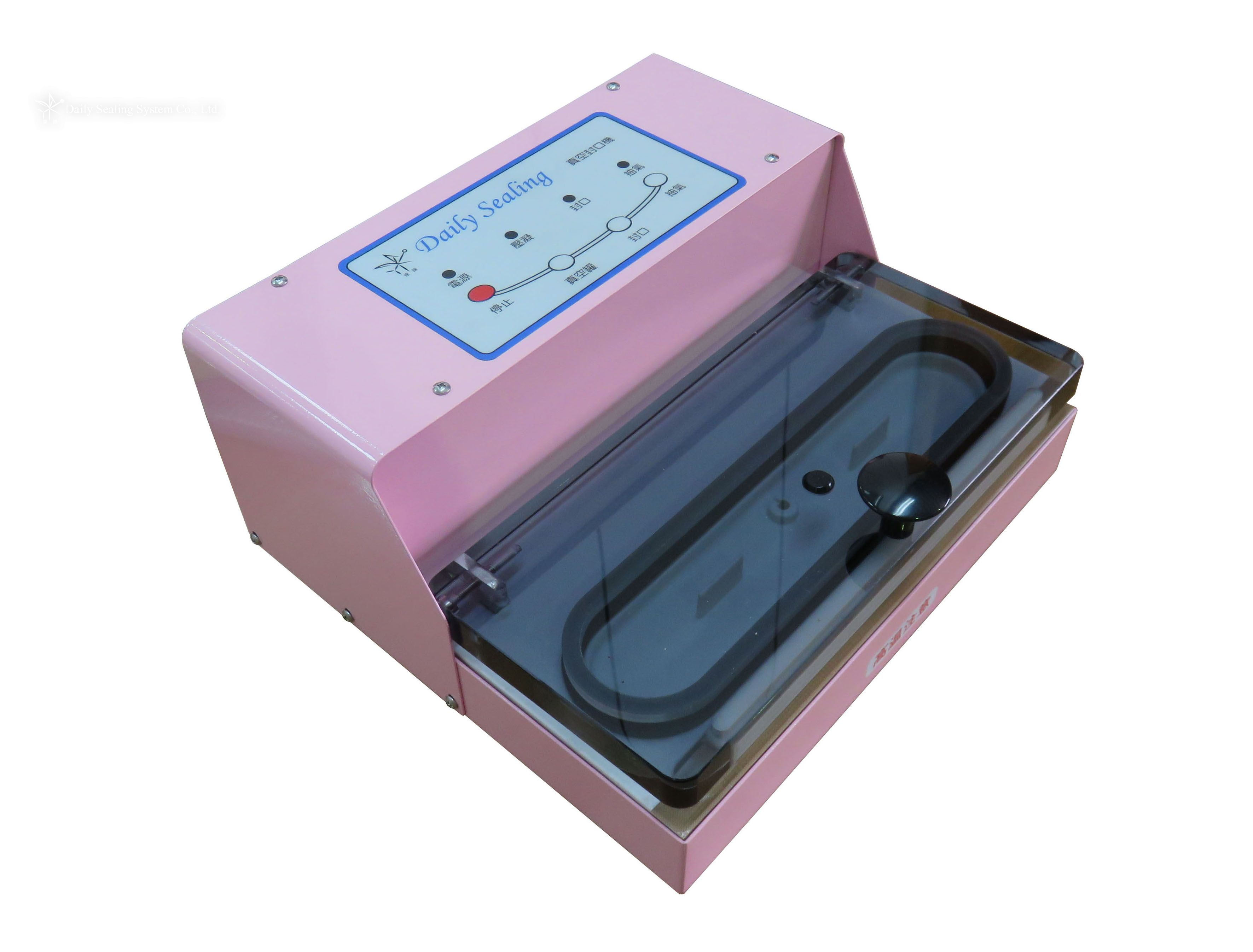
Non-nozzle vacuum sealer Detail:
• Made in Taiwan.
• The shell of the vacuum sealer is painted in pink and has a bright appearance.
• Equipped with dry pump inside.
• Mini machine, easy operation.
• Vacuum package to keep food fresh longer and keeps the precious articles from humidity.
• Available for: aluminum foil gusset bag, Nylon gusset vacuum bags and vacuum embossed bag only.
• Can be vacuumed some bags once, depends on bags width.
• Suitable for dry and solid goods only.
• Option: 300mm, 400mm commercial vacuum sealer.
| Model No. | DVT-205B |
|---|---|
| Voltage/Ampere | 110V / 7.4A , 220V / 2.6A |
| Power | 820W(110V), 570W(220V) |
| Max.sealing | 200 x 5mm |
| Vacuum time | Sensor control |
| Sealing time | 2、3、4、5 seconds. |
| Cooling time | 3 or 6 seconds. |
| Machine weight | 7.9 kgs |
| Machine size | 289 x 272 x 151mm |
Non-nozzle vacuum sealer:
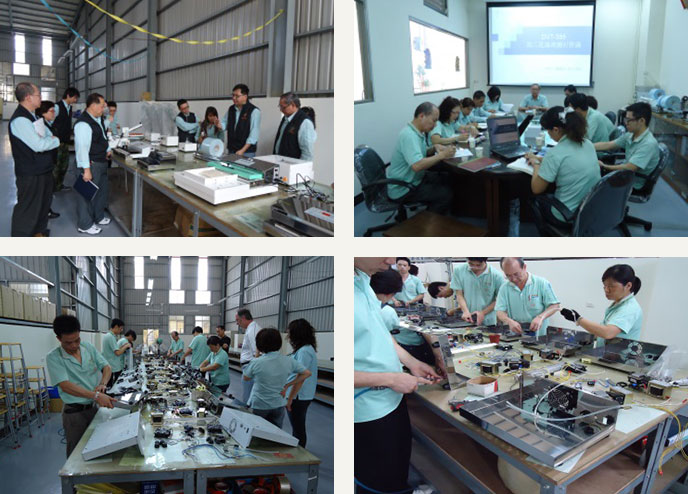
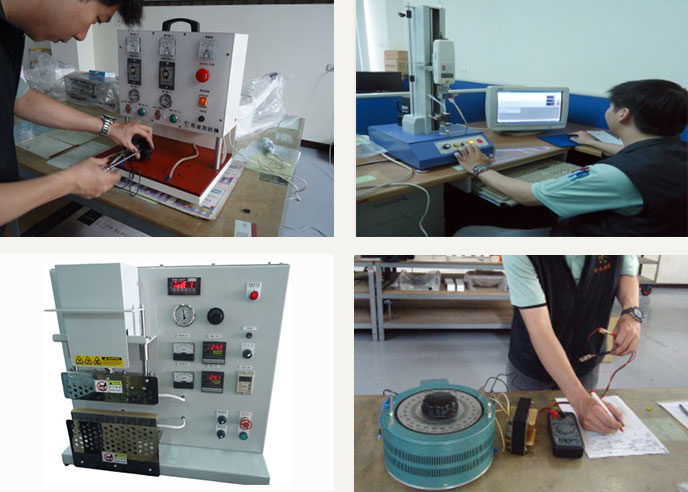
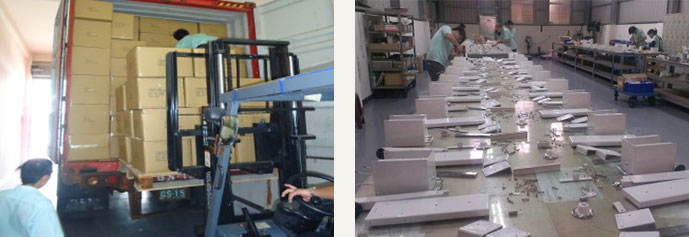
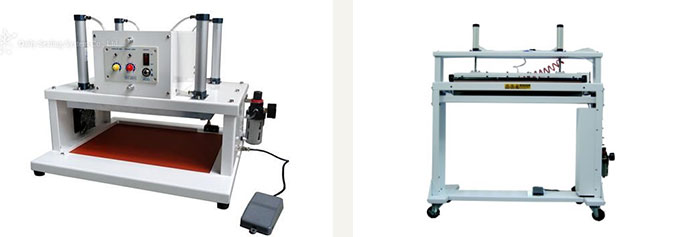
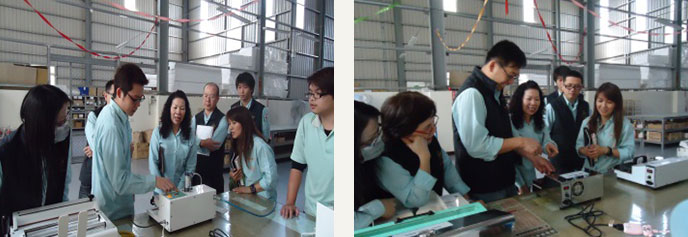
.png)
